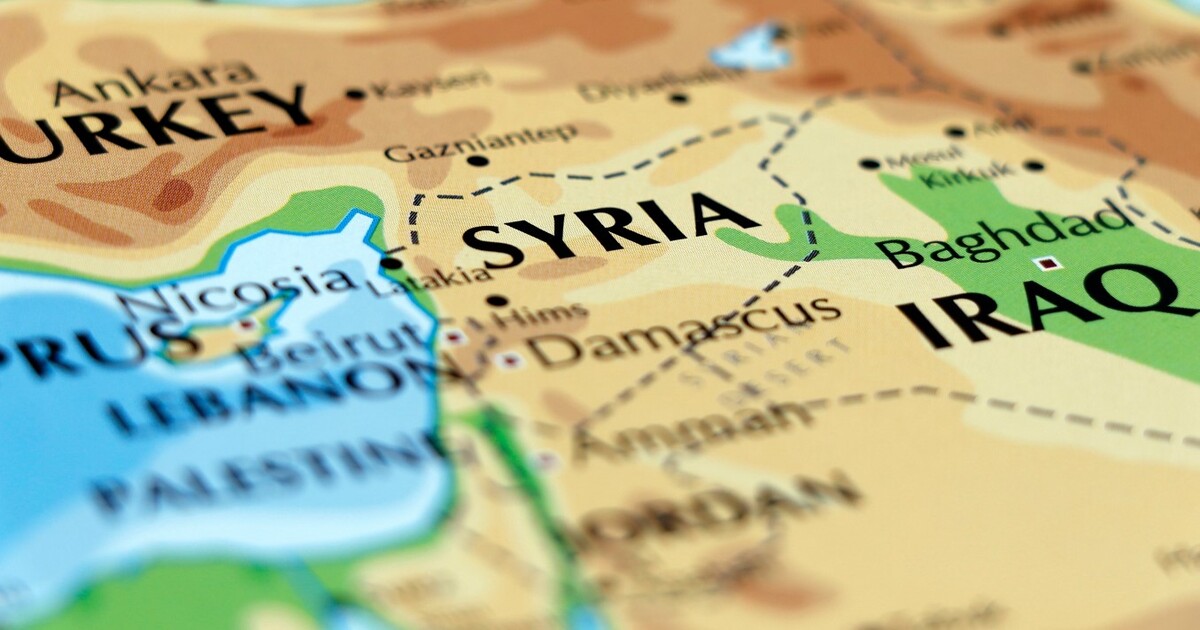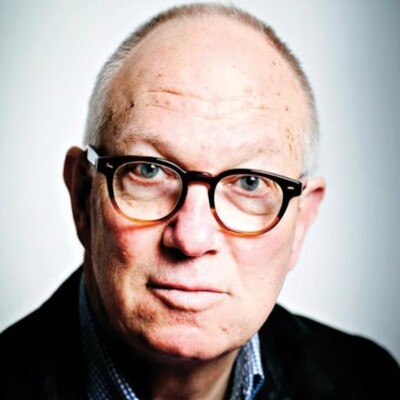Stabilizing Syria: Looking Back at 1945
In order to solve the Syria riddle of today, it is useful to look back eight decades to discern old continuing vs. new dynamics.
December 28, 2024

A Strategic Assessment Memo (SAM) from the Global Ideas Center
You may quote from this text, provided you mention the name of the author and reference it as a new Strategic Assessment Memo (SAM) published by the Global Ideas Center in Berlin on The Globalist.
The past is never dead. It’s not even past.
— William Faulkner, Requiem for a Nun (1950)
The peace-loving world got together on April 27, 1945, in San Francisco. The flags of 50 nations snapped in the Pacific breeze as five thousand delegates arrived. Hundreds of thousands of spectators flooded the streets for the opening ceremony at the San Francisco Opera House.
The purpose of the conference was to transform the UN from a wartime alliance to a “democratic organization of the world,” as Franklin D. Roosevelt had liked to say. Roosevelt had died shortly before, on April 12.
Harry Truman, the new U.S. President, cranked up expectations for a democratic world order to an even higher degree than his predecessor had done. In a burst of Yankee optimism, Truman declared, “It will be just as easy for nations to get along in a republic of the world as it is for us to get along in the republic of the United States.”
The cultural divide
There was enough optimism to get on with. Arab delegates had a particularly exotic appeal for the local gawpers. According to Yank magazine, “American celebrity hounds jostled one another to look at the Aye-rabs from close up and said to each other, ‘Sheeks, huh? How about that?'”
And the Arabs responded with similar bafflement. A Mr. Farid Zeineddine of Syria described his impressions to Yank, “Americans seem to me like a nation of people in spectacles, all chewing gum. Maybe they have to wear spectacles because the buildings are so high and they strain their eyes to see up and down them.”
Past as prologue
Amid a series of diplomatic crises hovering over the conference, there was one more crisis before the Conference reached its conclusion at the end of June 1945. The action this time was in the Levant.
On May 29, French troops were fighting Syrians in the streets of Damascus. They dropped their bombs not just on the ancient capital, but also on Aleppo, Hama and Homs. The French had called for reinforcements after Syrian demands that they transfer special Syrian forces under French command to the Syrian national army.
The next day, Syrian president Shukri al-Quwatli, a deft diplomatic operator, wrote a letter to President Truman expressing the same sentiments as Ho Chi Minh (in Vietnam) and Sukarno (Indonesia), though with a much more successful outcome. Here were the French, he wrote in perfectly justified indignation, killing Syrians with weapons bought with money borrowed from the United States to fight the Germans.
The United States had recognized Syria as an independent country in 1944. So: “Where now is the Atlantic Charter and the Four Freedoms? What can we think of San Francisco?”
Liberating Syria – from the French
The Americans needed little encouragement to take the side of the Syrians. European imperialism was not popular in Washington, and French imperialism least of all.
Syria and Lebanon had long been regarded with benevolent paternalism – a mixture of missionary zeal and commercial interest. Witness the American University in Beirut, Christian missions in Jerusalem, an Open Door economic policy.
The popular phrase among U.S. policymakers at the time was “moral leadership.” No doubt, as appears to be true of John Foster Dulles, the moral sentiment was sincere. But so was the ambition to lead.
Britain beats France’s clocks
The Allies had already promised to recognize postwar Syrian independence when British troops occupied the Levant in 1941. They could thus hardly ignore Quwatli’s plea now. So Churchill instructed his man on the spot, General Bernard Paget, to drive the French back into their barracks.
This was not a difficult task, as the French were far too few in number to resist. The left-leaning Manchester Guardian reported the event with patriotic delight. Its reporter “marched into Damascus with the sailors…while crowds of surprised Damascenes clapped their hands…The people of Damascus hissed and booed the long line of lorries, tanks and Bren-gun carriers taking French troops out of the city, escorted by British armored cars…”
General de Gaulle responded with fury to what he saw as a heinous Anglo-Saxon conspiracy: “We are not in a position to open hostilities against you at the present time. But you have insulted France and betrayed the West. This cannot be forgotten.”
Syrian crisis: The perfect test for the new order in 1945
On the surface, the Syrian crisis was the perfect test for the new world order that was being shaped in San Francisco. If ever there was a legitimate case for living up to the words of the Atlantic Charter and the ethos of the UN, this was it.
The French, despite promises made in 1941, were trying to restore their colonial authority. The British were quite right to put them in their place, hence the proud tone of the Guardian’s report.
It wasn’t, of course, quite as simple as that. As they had elsewhere in the Middle East, the British played a double game, making different promises to different people. With the end of the Ottoman Empire in sight in 1916, Britain and France in the Sykes-Picot Agreement had carved up the Levant into spheres of interest: France would have the run of Syria and Lebanon while Britain took charge of Transjordan (today’s Jordan) and Iraq.
In 1941, a year after France had been defeated by Germany, British forces moved into Damascus. They promised to support Syrian independence while recognizing France’s privileged position. These were obviously not compatible aims.
In fact, what the British really wanted was to become the major players in the Levant themselves. So they were quite happy to see the Syrians provoke the French. Violent French retaliation was just the excuse needed to kick them out altogether. And this, in effect, is what was happening in the early summer of 1945.
Syria and 19th century imperialism
There was something quaintly old-fashioned about the Syrian crisis. Indeed, it was redolent of late 19th-century imperial skirmishes. In any event, though this was not yet clear in San Francisco, Britain and France would both lose their preeminent positions in the Middle East. The United States and the Soviet Union would soon call the shots.
One British wartime plan offered a glimpse of the not too distant future. It was hoped in London that Britain and the United States would jointly police the postwar world by establishing military bases under the auspices of the UN – the United States in Asia and the British in the Middle East.
The Americans had already made it clear that local sovereignty would not stretch to areas selected for U.S. military installations – the so-called strategic trust territories. Already in the first months after the war, the dim shape of a more informal empire was starting to be visible. What the British had not quite realized was how minor their role in this new world was destined to be.
Editor’s note: This feature was originally published on The Globalist on February 11, 2014. It is adapted from Year Zero, A History of 1945 by Ian Buruma (Penguin Press, 2013). Copyright © 2013 by Ian Buruma. Published by arrangement with the author.
Takeaways
In 1945, the U.S. needed no encouragement to side with the Syrians.
The 1945 Syrian crisis was the perfect test for the new world order being shaped after the Second World War.
As elsewhere in the Middle East, the British played a double game, making different promises to different people.
Since 1945, Western powers have had a hard time agreeing on a common strategy in Syria.
There were times when the French were killing Syrians with weapons they had bought with U.S. money borrowed to fight the Germans.
A Strategic Assessment Memo (SAM) from the Global Ideas Center
You may quote from this text, provided you mention the name of the author and reference it as a new Strategic Assessment Memo (SAM) published by the Global Ideas Center in Berlin on The Globalist.


